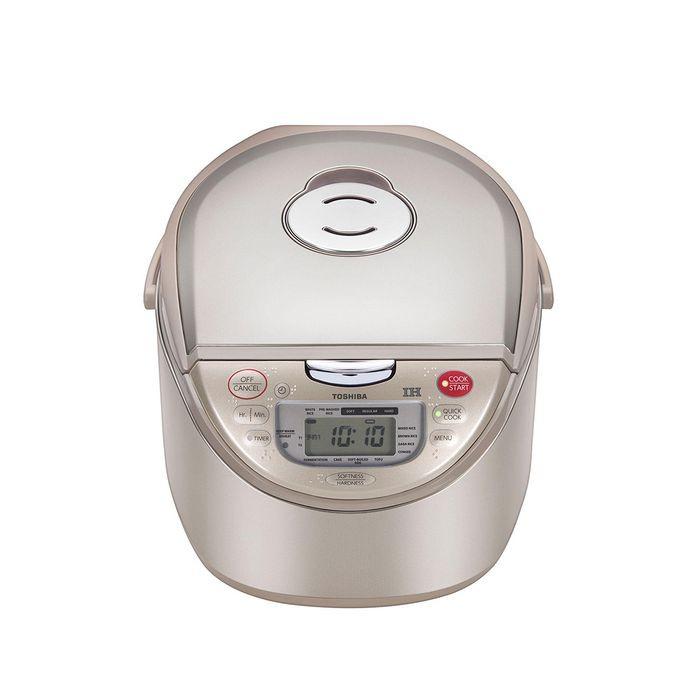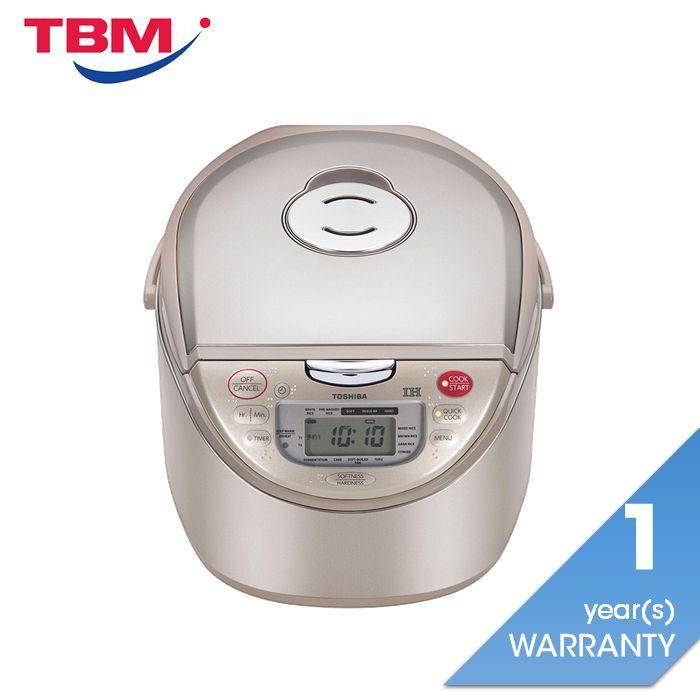A) Types of speakers
| Type |
Description |
Product Image |
|
Portable speakers
|
- Portable speakers will give you placement flexibility so you can enjoy music in any room while traveling or at an outdoor party
- Some portable speakers are rechargeable
|
 |
|
Floor speakers
|
- Provide front Left and Right sound
- Delivers the majority of sound effects, gives you a more realistic experience when watching TV and movies
- Provide stereo sound when listening to music
|

|
|
Bookshelf speakers
|
- Usually offer less bass response
- Compact size allows you to fit them in smaller spaces
- Placing this speaker type on stands will provide best audio quality since the added height 'aims' the sound directly at your ear
- These speakers can also be used as a rear speaker in a surround sound environment
- This type of speaker is also suitable to be mounted on the ceiling
|
 |
| Center-channel speakers |
- When building a home theater speaker setup it is always best to start with a quality center-channel and work outwards from there
- Placed in a central spot below your TV
|
 |
| Surround speakers |
- You can expand your setup with speakers placed behind your listening space and also at the sides
- Deliver even more ambient sounds, creating an immersive experience you'll love when playing video games and watching movies
- Need to be paired with a suitable central console or amplifier with same number of output channels
|
 |
| Subwoofers |
- Delivering the bass that makes TV show and movie sound effects feel realistic. Subwoofers also provide a level of bass that enriches music
- Can be placed anywhere in the room, preferably on hard floor for better sound production
- Place near a corner to reproduce more bass
|
 |
| Package Surround Systems |
- Good for you if you already own a receiver and don't want to bother comparing individual speaker components
- comes in a variety of configurations and price ranges
- True surround sound is delivered from a 5.1, 7.1 or 9.1 system. A 5.1 system includes: left speaker, right speaker, subwoofer, 2 rear-channel or surround speakers
|
 |
| Dock speakers |
- Gives you the ultimate on-the-go music experience since it fits into everything from your suitcas to the palm of your hand
- Lightweight and an easy way to add ambiance to any event
|
 |
| Wireless speakers |
- A near-field communication device
- Offers flexibility and convenience as it uses technology such as Bluetooth, AirPlay, WiFi to receive an audio signal from a compatible device
- Many are compact, making it easy to place in any room of your house
- Just connect to the speaker and easily control your music using a smartphone or table to play different audio over each speaker
|
 |
| Sound bar |
- Offers simple way to improve the audio experience delivered from your TV speakers
- Offers big cinematic without taking up a lot of space, fewer wires to deal with than a complete surround sound system
- Most sound bars are ideally suited to a smaller symmetrical room that allows the sound to reflect off the walls
- Uses technology like Bluetooth, AirPlay, WiFi to receive an audio signal from a compatible device
|
 |
B) Things to consider when purchasing
Understanding Speaker Specifications
-
Frequency Response
- Measured in Hertz
- Refers to the frequency range that a speaker can reproduce
- A speaker, when provided an audio signal at a given level and frequency, it will produce a certain amount of loudness
- If you keep the level the same but change the frequency, the loudness will remain the same. This is known as Flat Frequency Response
- The average human ear can detect a maximum frequency range of 20Hz to 20KHz, so look for a speaker that can reproduce as much of that range as possible
-
Impedance
- Measured in Ohms
- Describes how much electrical resistance an amplifier will encounter when trying to drive a given speaker
- Most speakers are designed with 8 Ohm impedance which will work fine with almost any home audio equipment
- For consistent response, all speakers in a system should have the same impedance
-
Sensitivity
- Measured in decibels/watts
- Sensitivity refers to how loud a speaker can deliver audio per watt of power
- The higher the sensitivity, the less power the speaker needs to achieve a high volume. Low sensitivity is around 88db/watt while high sensitivity is 100db/watt
-
Create a setup to suit your entertainment
- If you’re interested in how your music collection sounds, you would want to purchase a Left and Right stereo speakers
- If you’re more focused on movies, you can expand your setup by creating a surround sound environment with a receiver and additional speakers that offer an immersive home theater experience
-
What else in the room?
- Sound quality will be affected by the space you place the speakers
- Hard surfaces like windows and wood floors will reverberate sound which can distort the audio by amplifying your speaker power or canceling out the sound
- Softer surfaces like drapes and carpeting can absorb sound, irregular surfaces like bookcases will diffuse sound
-
Trust your ears
- Each audio experience is unique to the individual
- Take some time to understand what it is that you appreciate: smooth sound, bright tones or heavy bass?
- More advanced speaker systems allow you to adjust the production of the sound with an equalizer function

















![[TBM Member Monthly Special][Instant Rebate] Philips GC7846/86 Steam Generator Iron 2400W | TBM Online](http://shop.tbm.com.my/cdn/shop/products/philips-steam-generator-gc784686-tbm-online-8740209.jpg?v=1761776072&width=1000)


![[CLEARANCE][Display Set] Panasonic EH - SP30 Facial Static Roller | TBM Online](http://shop.tbm.com.my/cdn/shop/files/panasonic-facial-therapy-eh-sp30-tbm-online-5125045.jpg?v=1761777081&width=900)
![[CLEARANCE][Display Set] Panasonic EH - SP30 Facial Static Roller | TBM Online](http://shop.tbm.com.my/cdn/shop/files/panasonic-facial-therapy-eh-sp30-tbm-online-9097996.jpg?v=1757310653&width=1000)




